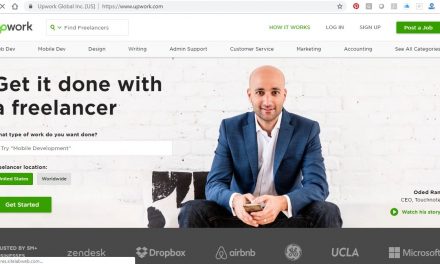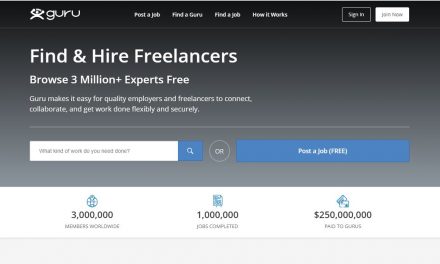After a couple bad outsourcing experiences, I started looking for alternatives to the classic virtual assistant (VA) model. One day I was looking at my Twitter feed and saw a post from Tim Ferris (The Four Hour Workweek), asking if anyone had experience using Fancy Hands. I had never heard of them so I did the obvious and clicked the link. The model was different than what I had seen elsewhere, but the concept was simple – X tasks for $Y. It didn’t put any boundaries around the tasks and in the 2+ years I have been a customer, I think I’ve been told they couldn’t actually do something maybe twice.
A Different Kind of VA
Much like any tool, it’s designed for certain types of tasks. Fancy Hands differs from traditional virtual assistants in several ways:
- You won’t have a single assistant, and you don’t have control over who you work with. This means that Fancy Hands needs to maintain a consistent level of service across all assistants. I have had dozens of different assistants working on my requests and other than seeing different names on the bottoms of the emails, I’ve always had a uniform experience.
- They can’t do things that would require a username and password.
- They can’t pick up your laundry or other things that require geographic proximity .
- As far as I know, all of the assistants are based in the United States.
- There is never an issue with translation or understanding English.
- Many of the assistants are college students and are very adept at researching
Sometimes the Answer is No
Over the years I’ve throw a variety of requests at the team and even when they couldn’t find what I was looking for, that has generally been a good thing. Take for example you have an idea for a new product. &You would send a request to have an assistant find comparable products and potential competitors. If they come back and tell you they couldn’t find anything, this should tell you either it’s not a good idea, or you have a wide open market.
They can probably help you sort out the answer to that question as well. Most people might say that maybe they didn’t look very hard if they didn’t find anything. The picture to the left is a call log from one of my requests that required extra work. What I thought would be a simple matter of finding a reference, turned into several days of phone calls and multiple updates to me about the ongoing request. It didn’t cost me any extra, and they kept going long after I would have just given up.
Using Them for Research
Most of the requests I have sent in require some degree of research. Some of the things I’ve asked for include:
- People’s contact information
- Compiling spreadsheets of travel information
- Finding sources of images
- Locating potential manufacturers of sunglasses
- Finding events or hotel options
- Locating certain types of artists
- Finding the right WordPress plugin
Recently I circled back with the founder of Fancy Hands -Ted Roden, and asked him what types of requests he felt his company was best able to offer the most value (not necessarily the easiest, but the one’s that people note as being well worth it). “I think we offer the most value where we a) save you the most time or b) do something you simply wouldn’t have done without us. So if we sit on hold for 20 minutes on your behalf, that’s 20 minutes you could be spending on whatever it is you’re really great at. Also, something like scheduling a dentist appointment, there’s a big mental block there for a lot of people who… sort of… let it slip away.”
You Can’t Outsource Everything
I also asked him what types of requests don’t work particularly well. “Anything that requires super specific knowledge of something technical or something that requires our taste and your taste to line up (we can’t pick out your next wallpaper).” I actually challenge this on occasion and specifically request things that are obscure or require someone’s opinion or personal input. I’ve found that the staff have an abundance of skills, interests and connections that have gotten me answers to things that I wouldn’t have expected. I’ve also gotten comments on things that I might not have gotten as much detail on if I had just done a survey. In general, I would follow Ted’s advice but an occasional wildcard request will probably bring you some unexpected delight.
Getting Maximum Value
I also asked Ted for some tips he would give customers to better utilize Fancy Hand’s services,create requests that are more likely to get a useful response, and in general get the maximum value from Fancy Hands. “I always suggest breaking things down to small things so it’s clear what we have to do. Also, subject lines are important. Rather than “Task #16,” say, “Call Time Warner cable to find out if I can get discount for when MSG was off the air.”
I was guilty of numbering tasks for the first year or so. Originally I thought it would be easier to keep track of, but the opposite was actually true. I now tend to include month/year and a short description that makes it easier to look up after the fact. Since Fancy Hands includes a dashboard, you can go back and find things even if you have lost track of them in your email.
I’ve been a big fan of Fancy Hands since I first signed up as a customer. There have been a couple small price increases over the years, but it still a great value for a monthly service. I would definitely say this is a must have for anyone building out a suite of virtual support services. I’ve included an affiliate link to the site, but even if they didn’t have an affiliate program I would still include a link and recommendation to their service. They are that good.








